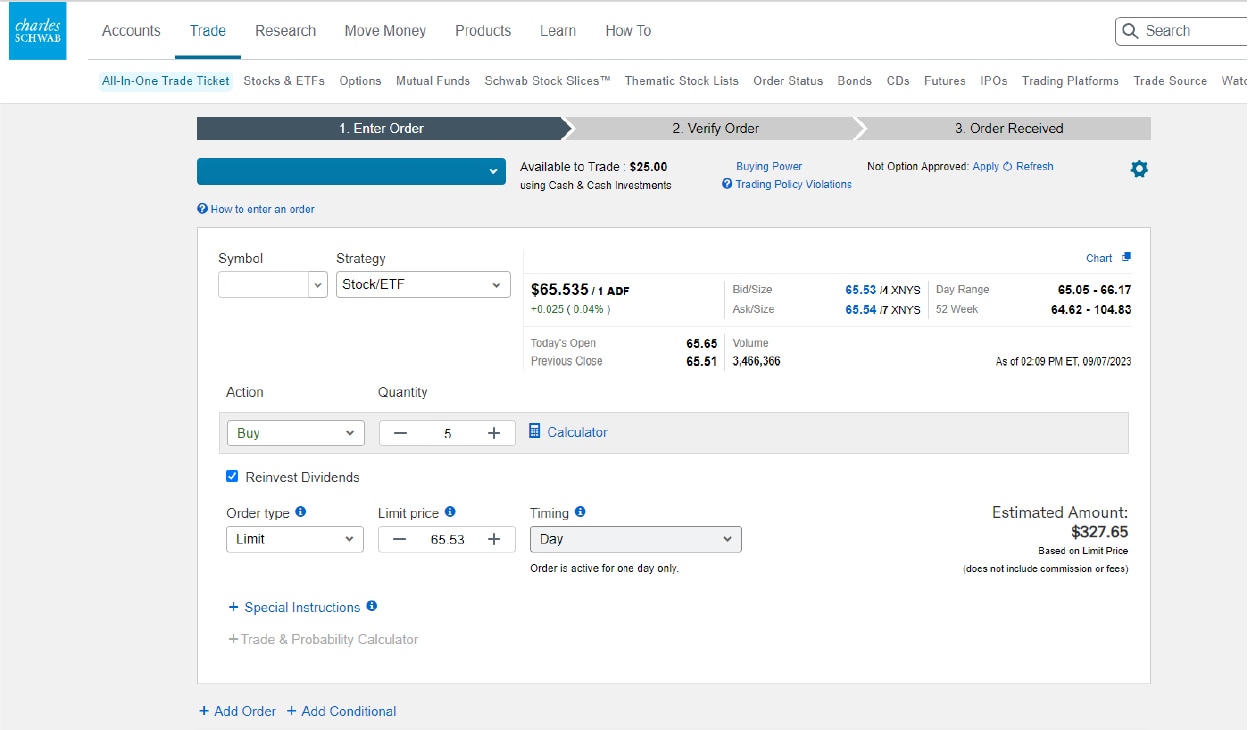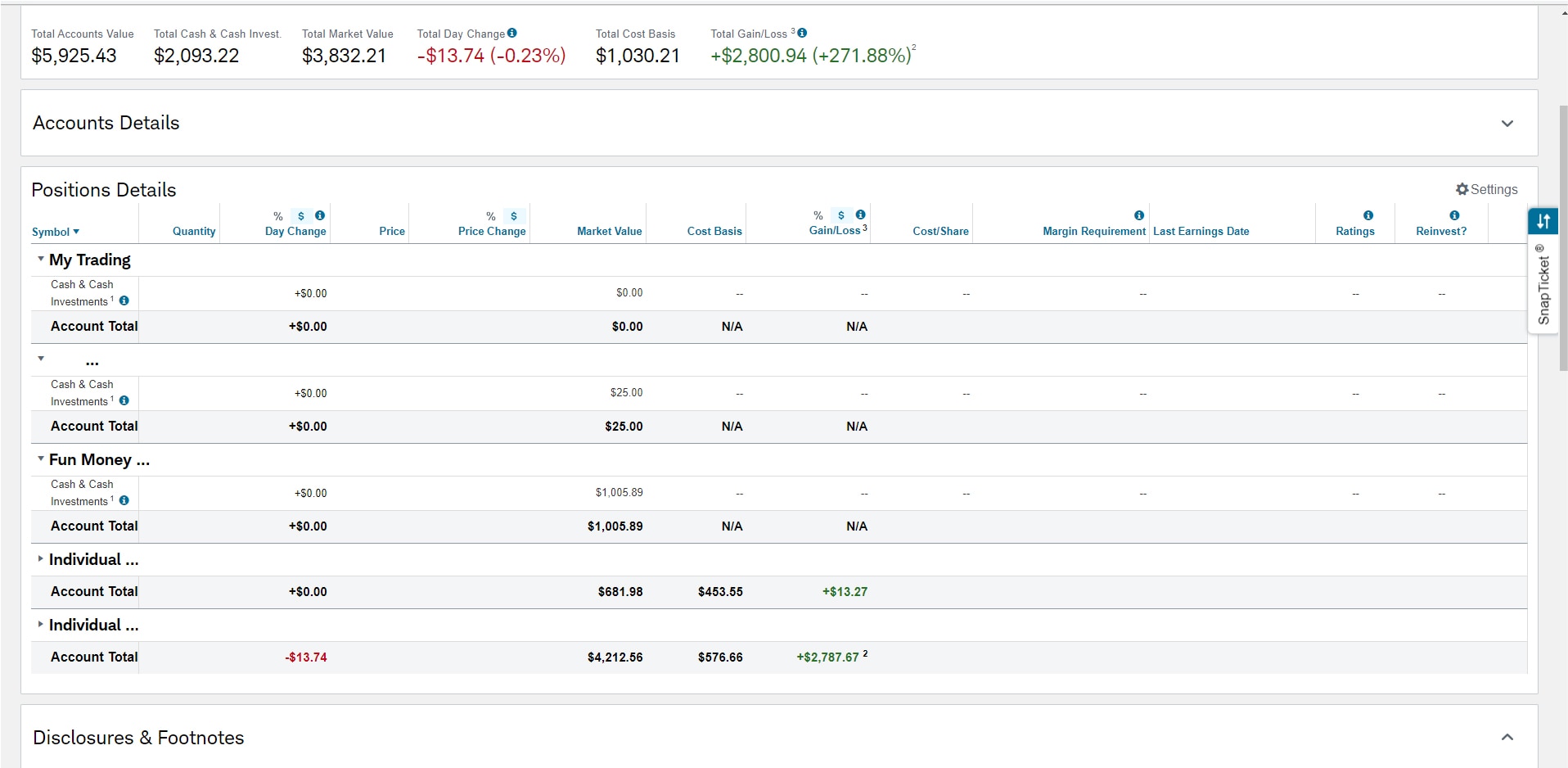_3x2.jpg)
One of the ways investors can see growth in their portfolios is through compounding returns. By reinvesting dividends earned from their investments, over time, investors can potentially experience portfolio growth through this compounding effect.
One strategy an investor can use to compound their returns is through a dividend reinvestment plan, or DRIP. A DRIP automatically reinvests dividends to purchase additional shares of a security. With a DRIP, an investor's cash dividends and capital gains distributions are reinvested into their account automatically, helping them accumulate more shares of the same stock, at no charge. And because DRIPs are automatic, they can save investors time.
Important considerations with DRIPs
With a DRIP, the dividend income earned from a particular security is used to purchase additional shares of that security. Each purchase is considered a new tax lot (think of it just like any other share an investor might purchase) with its own basis and purchase date.
The dividend income is reported on a 1099-DIV for taxable accounts, regardless of whether it's reinvested or not.
Although Schwab doesn't charge fees or commissions in DRIP, there is still a tax scenario to consider. If a DRIP is active in a non-retirement account, the dividend income is a taxable event and will be reported on your 1099-DIV as if it was received in cash.
If you are not dependent on your dividend income, consider letting it be used to cultivate your savings by enrolling in a DRIP; however, this investing technique may not be suitable to all investors. Check with your financial planner and a qualified tax advisor to determine what makes sense for your situation.
Lastly, it's important for investors to understand the risks associated with investing in dividend paying stocks, including but not limited to the risk that stocks may reduce or stop paying dividends.
Enrolling in a DRIP
To enroll in a DRIP for a new position, log in to your account at schwab.com. Go to the Trade tab at the top. Then, select Stocks & ETFs.
Below, you'll place an order. First, in the Symbol box, type in the company's name or ticker symbol. Then, from the Action menu, select Buy. Once you've made those two selections, you'll see the Reinvest Dividends checkbox; check the box to enroll in the DRIP.

Schwab.com
Investors can also set up a DRIP on their current holdings. In the Accounts tab at the top, select Positions. Here, you'll find the Reinvest? column. Find the security you'd like to start a DRIP for and select the link in the Reinvest? column. A pop-up window will appear where you can make your selection. Then, select Update.

Schwab.com
The information here is for general informational purposes only and should not be considered an individualized recommendation or personalized investment advice. The type of securities and investment strategies mentioned may not be suitable for everyone. Each investor needs to review a security transaction or investment strategy for his or her own particular situation.
All expressions of opinion are subject to change without notice in reaction to shifting market conditions. Data contained herein from third-party providers is obtained from what are considered reliable sources. However, its accuracy, completeness or reliability cannot be guaranteed.
Examples provided are for illustrative purposes only and not intended to be reflective of results you can expect to achieve.
0923-3RB9

